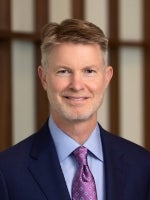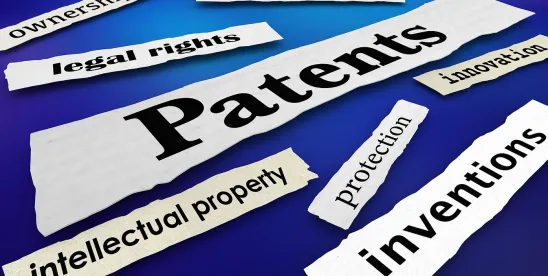Lost profit damages are notoriously difficult to recover in patent infringement cases. Lost profits damages are recovered in only a small percentage of cases that go to trial. Among the challenges in recovering lost profits under the Panduit test are that the patent owner must prove the absence of acceptable non-infringing alternatives (Panduit factor 2) and proving a negative in life is never easy. But the law is sometimes more flexible than meets the naked eye.
In Bausch & Lomb vs. SBH Holdings LLC, over which U.S. District Judge Burke of Delaware presides, the accused infringer, SBH, learned this principle the hard way. SBH was accused of infringing B&L patents covering nutritional supplements for treating age-related macular degeneration, or AMD. B&L sought lost profits damages caused by SBH’s sale of the accused product that competed with B&L’s supplement. In pre-trial disclosures, B&L supported its claim for lost profits damages by relying on expert opinions of a damages expert and a technical expert. In his report, the damages expert relied in part on the technical expert in opining that there was an absence of acceptable non-infringing substitutes in the marketplace. In addition, the damages expert relied on an alternative theory of lost profits, namely that B&L should recover its share of the “eye vitamin” market.
In a Daubert motion, SBH challenged the bases for B&L’s lost profits damages opinions. SBH argued that the technical expert’s opinion that there was an absence of acceptable non-infringing alternatives lacked a sufficient basis because it was conclusory on this point and confined to a single paragraph in the technical expert’s report. Based on this alleged deficiency, SBH argued that its Daubert motion should be granted, and that B&L should be precluded from presenting any lost profits damages theory to the jury. But the court did not see it the same way and denied SBH’s motion.
First, the court found a sufficient basis in B&L’s technical expert’s report to support the damages expert’s lost damages theory based on the absence of non-infringing alternatives. The technical expert relied on clinical studies demonstrating that the patented formulation was the only safe and effective treatment of AMD to conclude that there were no acceptable non-infringing alternatives on the market, and the court found this to be ample if brief. In addition, the court found support for the absence of acceptable non-infringing alternatives in B&L’s damages expert report, including his analysis of corporate testimony of B&L and its marketing materials discussing the importance of the clinical studies to doctors in prescribing treatment for AMD patients.
Second, the court found a sufficient basis for B&L’s damages expert opinion that lost profits damages should be awarded based on market share theory even if there were acceptable non-infringing alternatives on the market to treat AMD. Relying on a string of cases going back to State Indus. v. Mor-Flo, a 1989 Federal Circuit case, the court held that a market share theory of lost damages is available when acceptable non-infringing alternatives are available in the market. In other words, a patent owner “may rely on proof of its established market share instead of proof of no acceptable non-infringing alternatives in order to satisfy Panduit factor two.” Because SBH did not challenge any aspect of the market share theory presented by B&L’s damages expert, the court green-lighted this theory of lost profits damages, too. The first takeaway from the court’s order is that Panduit factor two—the absence of acceptable non-infringing alternatives—can be overcome with a well-supported market share theory of lost profits. The second takeaway is that the admissibility of expert opinions regarding non-infringing alternatives does not depend on a word count in their expert reports but rather the substance undergirding the opinions. Where sufficient support exists for the absence of non-infringing substitutes for a jury to decide the fact question, then disagreements should be explored through a combination of cross examination and rebuttal testimony of the accused infringer’s experts.
The first takeaway from the court’s order is that Panduit factor two—the absence of acceptable non-infringing alternatives—can be overcome with a well-supported market share theory of lost profits. The second takeaway is that the admissibility of expert opinions regarding non-infringing alternatives does not depend on a word count in their expert reports but rather the substance undergirding the opinions. Where sufficient support exists for the absence of non-infringing substitutes for a jury to decide the fact question, then disagreements should be explored through a combination of cross examination and rebuttal testimony of the accused infringer’s experts.




 />i
/>i

